USDA Zone Debate (What Do You Think?)
HardyPalmFreak
12 years ago
Related Stories
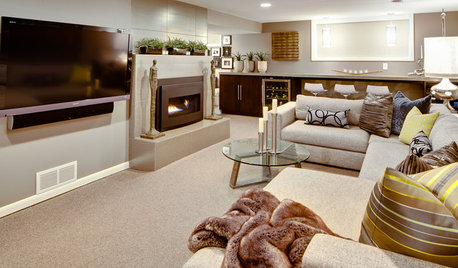
BASEMENTSBasement of the Week: From Dumping Ground to Family Zone in Minnesota
Erasing every trace of this basement's former life took creative thinking and smart design touches
Full Story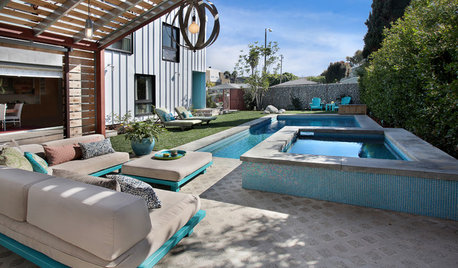
LANDSCAPE DESIGNThink Turquoise to Energize or Soothe the Garden
Turquoise combines the tranquility of blue with the energy of green. Use it as an accent color in the landscape
Full Story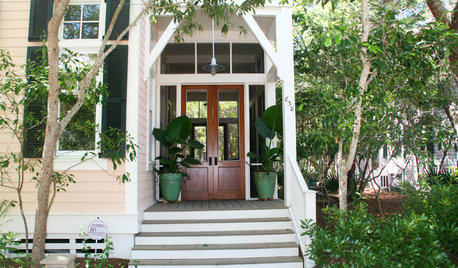
CONTAINER GARDENSWant an Easy Tropical Oasis? Think Container Plants
Tropical plants have taken one coastal community by storm. Come on a walk with us to get ideas for your own porch, patio or garden
Full Story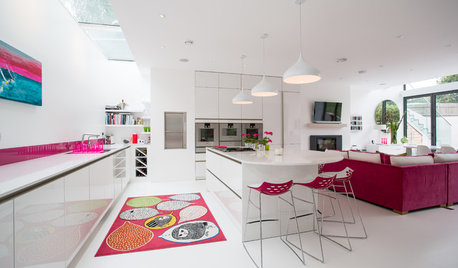
KITCHEN WORKBOOKNew Ways to Plan Your Kitchen’s Work Zones
The classic work triangle of range, fridge and sink is the best layout for kitchens, right? Not necessarily
Full Story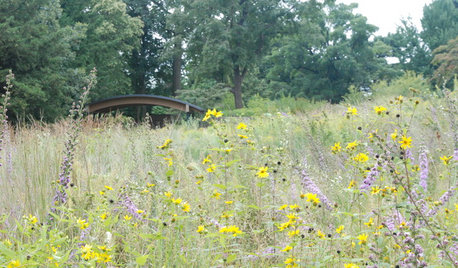
GARDENING GUIDESHow to Find the Right Plants for Your Garden
Break free from choosing plants by cold-hardiness zones for a beautiful landscape that thrives year-round
Full Story
KITCHEN DESIGNKey Measurements to Help You Design Your Kitchen
Get the ideal kitchen setup by understanding spatial relationships, building dimensions and work zones
Full Story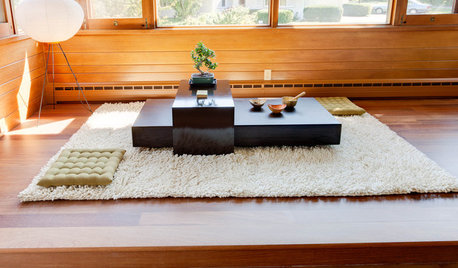
LIFESimple Pleasures: Put On Your Slippers
Preserve the peace and protect your floors and carpets by turning your home into a no-shoes zone
Full Story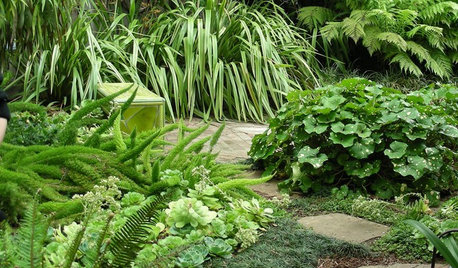
PLANTING IDEAS8 Sumptuous Shade Garden Plant Combinations
Enjoy these plant combinations made for spots with varying levels of shade and different garden zones
Full Story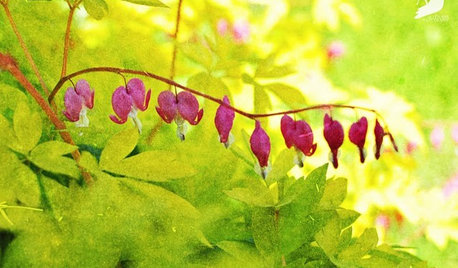
GARDENING AND LANDSCAPINGGarden Musts for April
There's plenty to do in your garden this month without mucking around in the mud. Think seeds and let the rain do its work
Full Story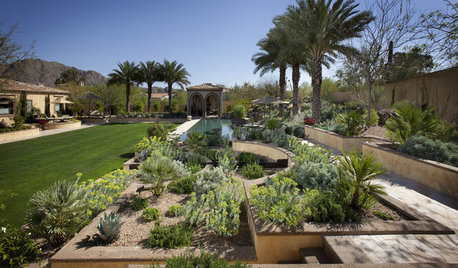
GARDENING GUIDESSouthwest Gardener's October Checklist
Softer light and milder weather make desert gardens a real joy this month, but watch the water and don't forget to plan
Full Story


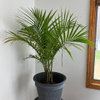
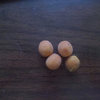
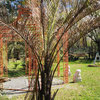
tropicalzone7
HardyPalmFreakOriginal Author
Related Discussions
Nahunta, Georgia - what USDA hardiness zone?
Q
Some USDA zones for various Northwest locations
Q
Ok, What USDA Zone is Salt Lake Valley?
Q
what do you think..zone 5
Q
theyardman
jimhardy
Potomactropics
cfa_li
jimhardy
Potomactropics
tropicalzone7
HardyPalmFreakOriginal Author
wetsuiter
neonrider
neonrider
us_marine
Potomactropics
tropicalzone7
Potomactropics
tropicalzone7
User
jimhardy
tropicalzone7
jimhardy
neonrider
tropicalzone7
HardyPalmFreakOriginal Author
jimhardy
jimhardy
tropicalzone7
HardyPalmFreakOriginal Author
jimhardy
brooklyngreg
HardyPalmFreakOriginal Author
tropicalzone7
HardyPalmFreakOriginal Author
neonrider
neonrider
miketropic
wetsuiter
stanofh 10a Hayward,Ca S.F. bay area
miketropic
neonrider
miketropic
LagoMar
neonrider
wetsuiter
LagoMar
wetsuiter
neonrider
kinzyjr {Lakeland, FL - USDA: 9b, Record: 20F}
us_marine